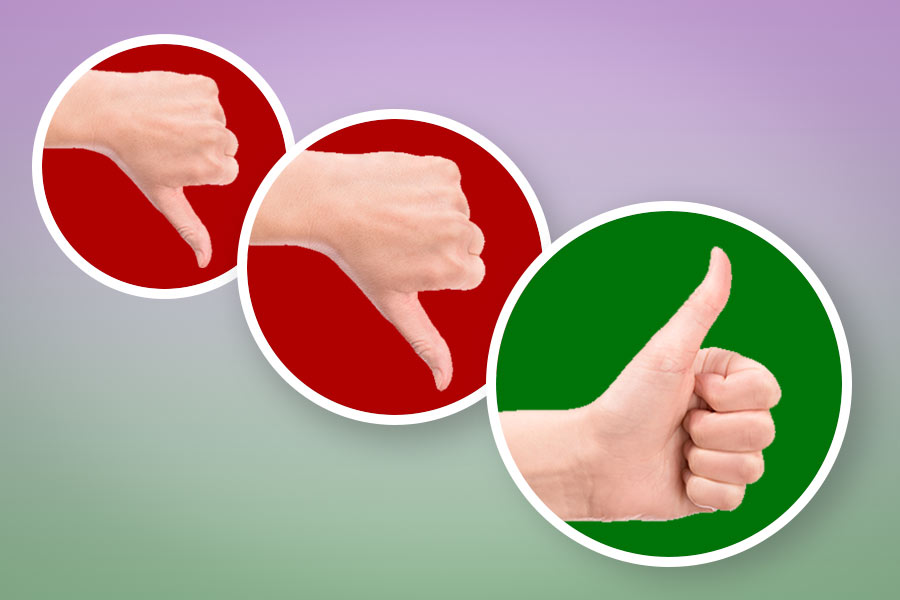
Encyclopedia search
When you identify fictional locations with details and titles, they feel more real. “Home” is generic. “Condo” adds detail. “The condo at Glenwood Estates” conjures up the feel of a real location.
A good way to modulate resistance is by applying the rule of three. If someone wants something, and your response is to resist, limit your resistance to two times before following the request.
When reflecting on scene work or exercises, one person’s observation is sometimes followed by several others chiming in with the same observation stated in different words. This process of voiced agreement eats up precious time. A more efficient way to indicate agreement is with a nodding fist.
Let your body be inspired by an evocative piece of music. Move without resorting to actual dance moves.
Two players stand two arm’s length away from each other and look into each other’s eyes for one minute. Without breaking eye contact, they move to one arm’s length away for one minute. Then they move toe-to-toe, while still looking into each other’s eyes for another minute. Finally they move to where their noses touch, and stay there for one minute.
When you say what it seems like the spect is thinking, you may be right or you may be wrong. If your observation is right, they’ll agree with you. If not, they’ll correct you. Either way, their response clarifies what they’re thinking.
Select the “Number/letter” category on the Gimme Getter. Press start and, based on the random prompt, say a number, a letter of the alphabet, or a random word. The prompt changes every two seconds.
Oblique and clarify is a technique that combines two types of offers to communicate a story element. A series of oblique offers imply the general idea, followed by a defined offer which makes it explicitly clear.
Player A implies a contextual element by making oblique offers. When Player B has an idea of what’s being implied, they clarify it by making a defined offer.
Two players play a scene in which Player A establishes the location using oblique offers. When Player B knows the location, they state it explicitly as a part of the dialogue.







